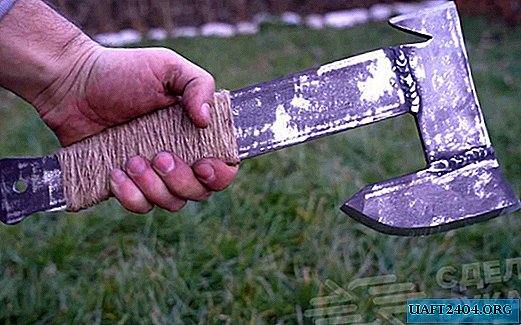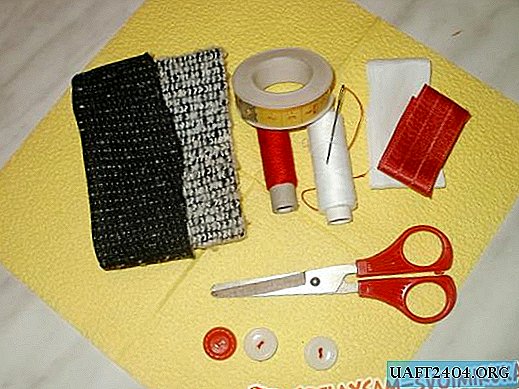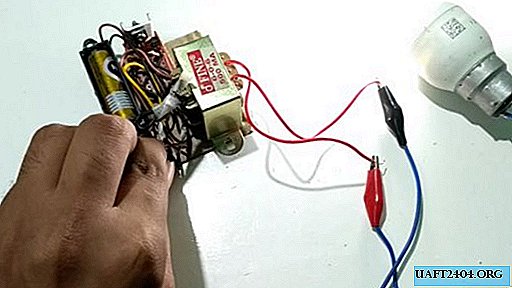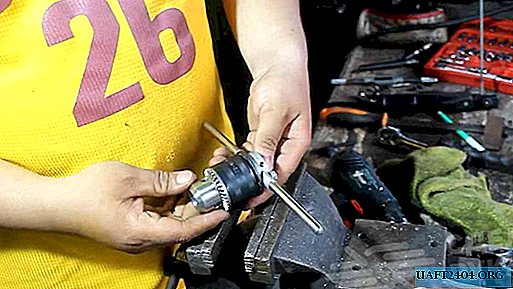Share
Pin
Tweet
Send
Share
Send
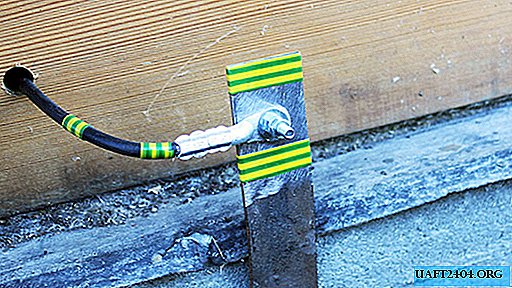
For those who can’t wait, and who like to “look back,” a priori I will say “secret” - the fundamental idea is where the ground wire connects to ground. The option of connecting them directly inside the outlet, connecting the grounding conductor (yellow-green wire) to the zero (blue wire), will not be true. Such a grounding circuit will conflict with the requirements of the PUE. As a result, there will be no protection for people from electric shock; moreover, even more security problems will be added.
In the PUE, without any options, it is unambiguously prescribed what the grounding conductor should be. It should be a continuous wire, without any disconnecting elements - relays, fuses, switches, and also, let’s say, by disconnecting the electric plug from the outlet.
It is worth violating this basic requirement stipulated in the EMP - and grounding from reliable protection of a person from electric shock turns into a useless fiction. But the problems on this, as the theory teaches, and practice shows, do not end there! If you still try to give grounding functions to the zero wire, then the possibility is not excluded that the case of the refrigerator, microwave or other household appliances will be energized. This is due to the fact that an electric current flows with a corresponding voltage drop along a zero wire, the value of which can be determined by multiplying the current strength by the resistance index of the conductor in the gap between the measured location and the genuine grounding point. Moreover, the magnitude of such a voltage can be characterized by tens of volts, that is, it can be dangerous to humans (in the limit - deadly!).

It remains to draw some conclusions and put emphasis. What is the fundamental difference between “zero” and “earth”? The fact that current flows through the neutral wire and switches are connected to it, are the same input machines. That is, if we want to have "land" in the form of a continuous vein, we must:
- in multi-storey apartment buildings: connect to a special earth conductor in an electric tunnel;
- for an individual residential cottage: the connection point should be an input automatic machine, more precisely, its zero wire at the entrance, which stretches through the air or underground cable from the step-down transformer nearest to the house, and the cross-section of the zero wire should be at least ten square millimeters for copper wire and 16 mm2 - for aluminum core (see the relevant paragraph in the PUE).
Any other place behind the introductory machine cannot be used as "ground", therefore nothing can be considered as such from metal ingots dug near the house to the body of the electrical panel itself.
Never forget the rules set out in the PES. According to them, one should be guided by an elementary, but true rule: when there is no certainty that this particular wire is “ground”, do not connect anything except an 30 mA residual current device (RCD), which It works instantly, unlike a circuit breaker. God knows how to keep safe!
Share
Pin
Tweet
Send
Share
Send


